Vintage and Antique Opal Rings: A Brief Guide
Ancient History
Some stones are so eye-catching that they deserve special mention, and one of these is Opals with their exquisite colors. Opals have been known since Roman times, and possibly even earlier. According to the writings of Pliny, the Roman emperor Mark Antony coveted an opal that belonged to one of his senators; he intended to purchase it as a gift for Cleopatra. The senator Nonius was so enamored by his large opal ring that he chose exile over bequeathing the ring to Mark Antony. The first recorded name for the stone was given by the Romans when they named it 'Opalus,' meaning 'part in stone.' The Greeks had a similar name for it, calling it 'Opallos.
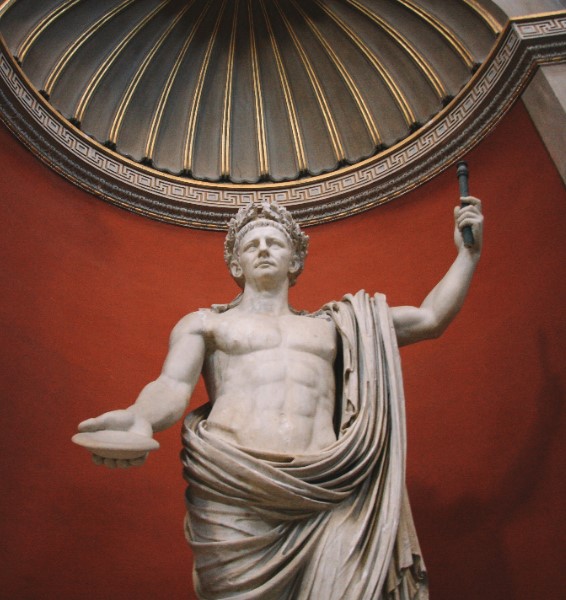
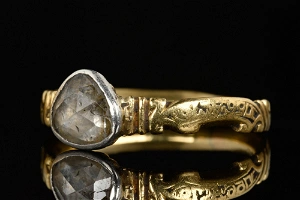
Medieval Period
The beliefs and ideas surrounding opals have been many and varied. The Arabians believed that they were magical stones that had fallen from the heavens, whilst in Asia, many believed they were 'anchor stones of hope'. Medieval Europeans often attributed them to giving strange powers such as invisibility and great wisdom and insight.
Modern History
During the Victorian era, opals were often considered bad luck, possibly due to their portrayal in Sir Walter Scott's popular novel "Anne of Geierstein," where a character who loved opals met a tragic end. However, the superstitions surrounding opals were not entirely based in reality. The real issue was the delicate nature of opal polished stones, which could easily chip if mishandled.
Despite these superstitions, Queen Victoria, known for her strong will and sensibility, disregarded these myths and developed a fondness for opals, contributing to their popularity. During the Art Nouveau movement, there was a love for iridescence, and in America, Tiffany was a prominent supporter of opal rings, quickly dispelling the bad luck associated with them.

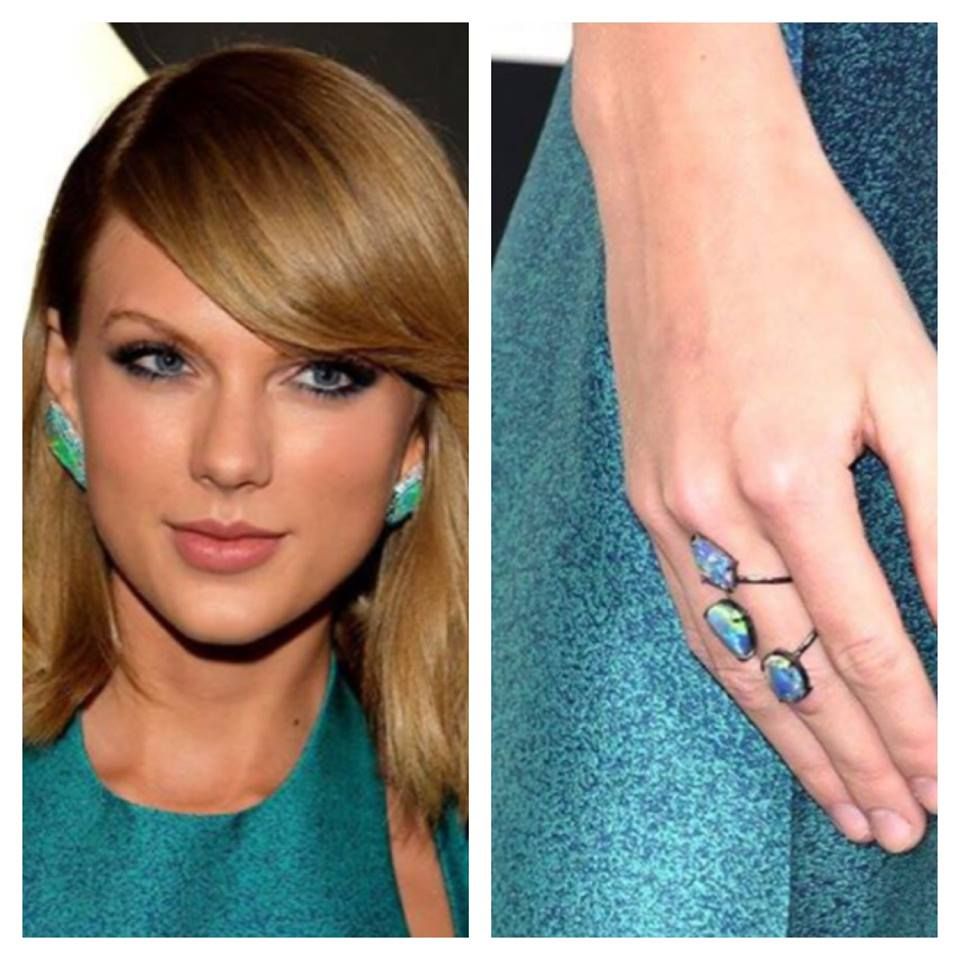
Present Day
In the present day, antique opal rings are experiencing a surge in popularity. Notably, Queen Elizabeth received a stunning opal pendant, adorned with 150 diamonds and set in palladium, during her visit to Australia in 1954. The renowned "Fire Queen" opal, initially found in 1906, was owned by billionaire John D. Rockefeller. In December 2023, Taylor Swift donned a magnificent opal ring for her 34th birthday celebration. To date, the most expensive opal ever sold is the Fire Queen Opal, which weighed 52.21 grams and sold for a record $3.4 million in today's currency (USD).
Caring For Opal Rings
Here are some tips to consider when wearing antique opal rings.
- It is risky to wear jewelry while sleeping because you may unknowingly crush or damage it or accidentally knock it against hard surfaces.
- Avoid wearing opals when washing dishes. Friction and wear may cause discolouration and less the opals polish.
- Avoid wearing opals when washing dishes, as friction and wear may cause discoloration and reduce the polish of the opals.
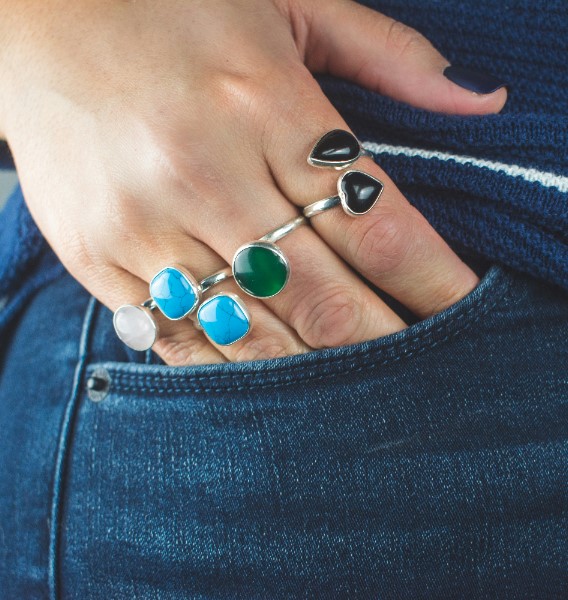
Price Guide
Valuing antique opal rings can be a complex process, with several factors influencing their worth, including age, condition, color, brilliance, and pattern. For example, an opal triplet or doublet can be considerably more valuable than a solid opal. It's important to note that red fire opals generally hold higher value than green opals, which, in turn, are more valuable than blue-colored stones.
When researching opals, always perform due diligence, think critically, and search for similar sold examples online to gain an understanding of the market. Visit auction catalogues and dealers and compare the difference in price between wholesale and retail. If in doubt, don't be afraid to consult with a specialist, but remember that experts make mistakes, so do your own homework. Note that antique objects typically sell for more at retail, in contrast to auctions. Also, take into account additional fees not visible in the price, for example, auction commission fees, which can be as high as 32%. Consulting a specialist for their insights is advisable, but it's equally important to build up your own knowledge from academic literature and market research.
Author: Gregory Ebbs
CEO of the Antique Stores.com
Jewellery and Opals
SEE MORE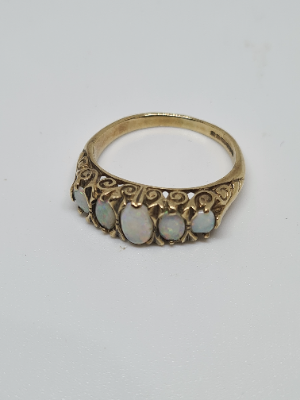
Product ID: 2834
A 9ct Gold Ring With 5 Stones Of Opal Dr..., For Sale
Buy It Now: £250
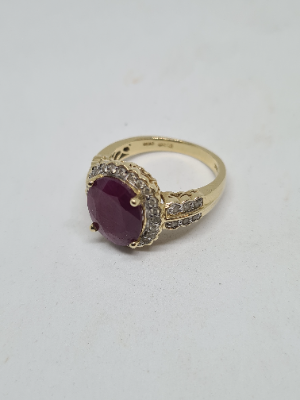
Product ID: 2833
A 14ct Gold Ruby And Diamond Cluster Rin..., For Sale
Buy It Now: £680

Product ID: 2550
9 CT Gold Half Eternity Ring With Ruby A..., For Sale
Buy It Now: £320

Product ID: 1865
18ct Gold Three Stone Diamond Ring., For Sale
Buy It Now: £520
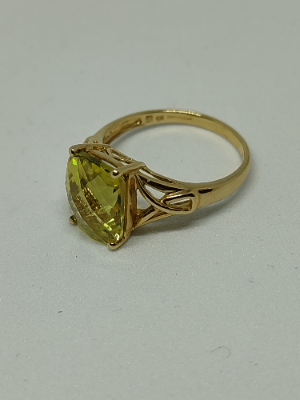
Product ID: 1864
9ct Gold With Single Peridot Ring., For Sale
Buy It Now: £345

Product ID: 1861
9ct Gold Multi Coloured Sapphire Ring., For Sale
Buy It Now: £495

Product ID: 1795
925 Silver Ring With Orthoceras, For Sale
Buy It Now: £25
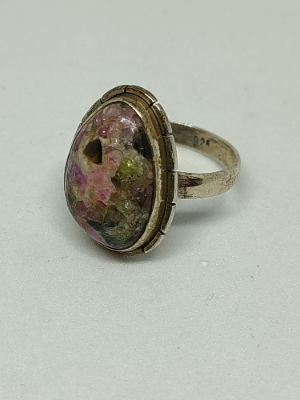
Product ID: 1785
Multi Tourmaline Silver Ring, For Sale
Buy It Now: £30